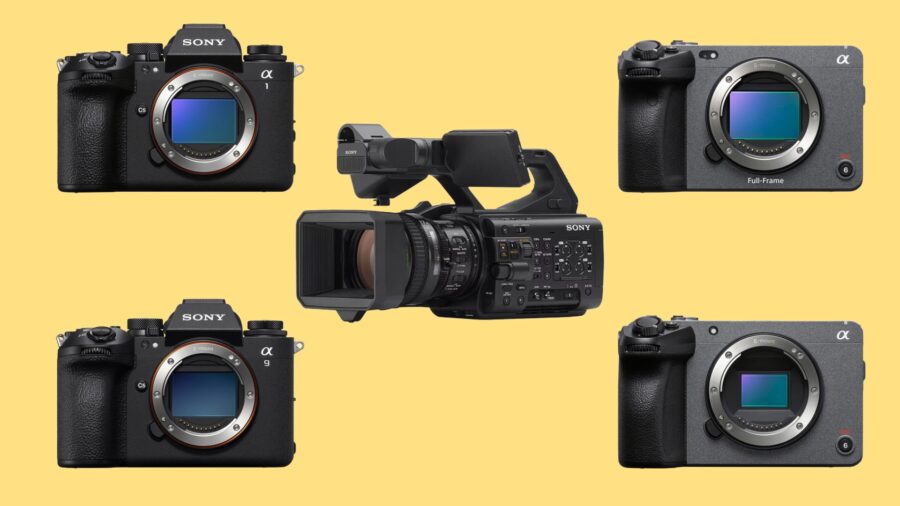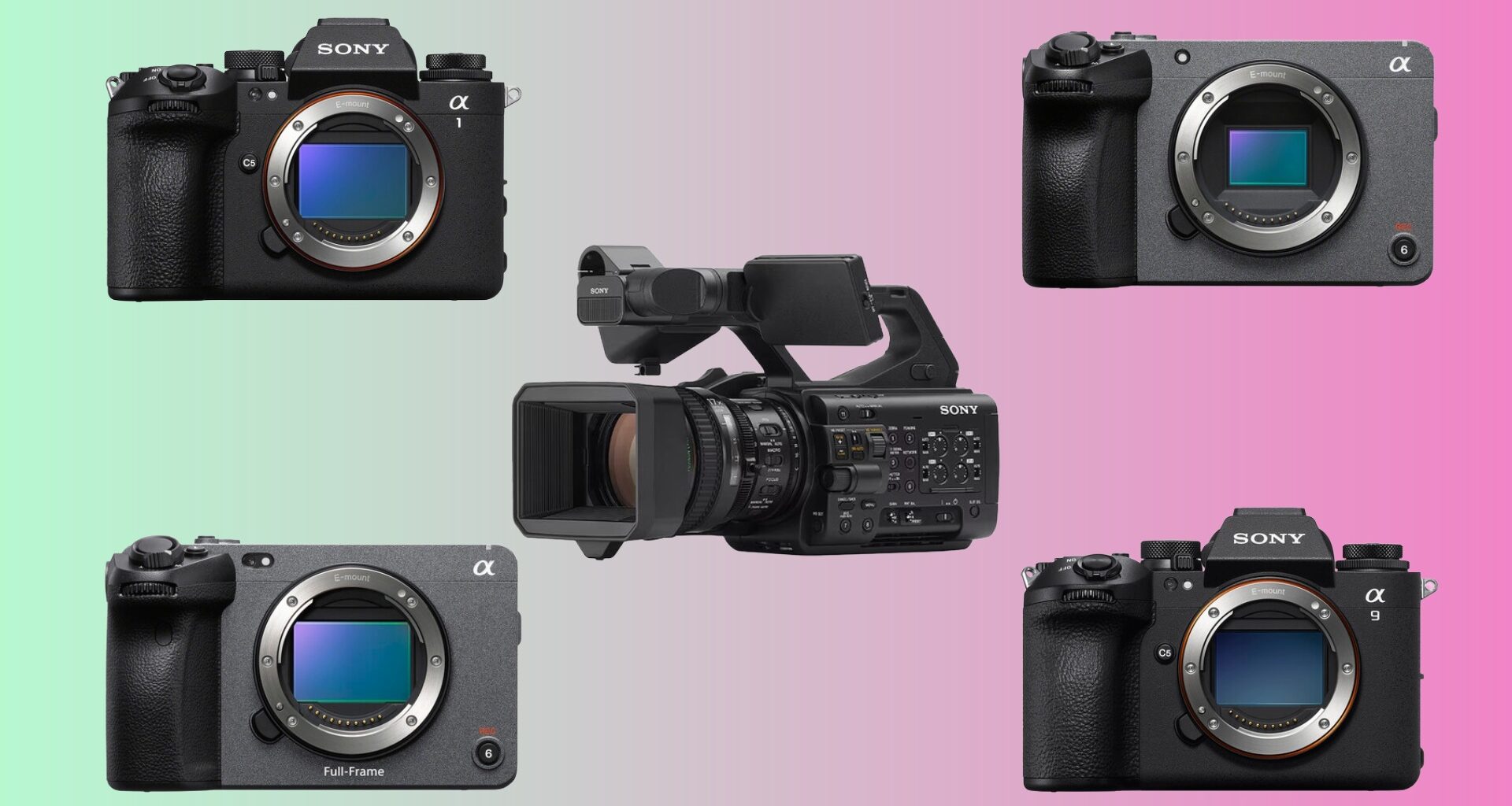
Sony Electronics has expanded its camera authenticity technology to support video content verification, marking a significant industry first in the fight against AI-generated fake content. The C2PA-compliant solution is now available for five Sony cameras, with four additional models scheduled for support by 2026.
As concerns about AI-generated and tampered video content continue to escalate across the media landscape, Sony is taking a proactive stance with its latest authenticity verification technology. The company has extended its existing still image authentication system to now encompass video content, providing news organizations and broadcasters with tools to verify that footage was captured by a genuine Sony camera rather than generated by artificial intelligence.
The expansion comes at a critical time for the journalism and broadcasting industries, where the proliferation of deepfakes and synthetic media poses serious challenges to content credibility and public trust.
 Credit: SonyC2PA standard compliance and BBC collaboration
Credit: SonyC2PA standard compliance and BBC collaboration
Sony’s video authenticity solution adheres to the C2PA (Coalition for Content Provenance and Authenticity) standard, an open framework designed to establish digital content provenance. Sony has been a C2PA Steering Committee Member since March 2022, demonstrating its long-term commitment to content verification standards.
The technology’s development benefited from collaboration with BBC Research & Development, which conducted verification experiments to validate the authenticity of video content. This partnership between a major camera manufacturer and one of the world’s most respected public broadcasters underscores the growing industry recognition that content authentication must become a standard practice in professional video production.
How the verification system works
Sony’s authenticity solution operates through a verification website that can confirm whether both still images and videos were captured by a Sony camera. The system employs digital signature technology embedded at the point of capture, creating a cryptographic seal that travels with the content.
One particularly innovative feature is the system’s ability to detect 3D depth information in video content. This capability enables highly accurate verification that videos were captured of actual, existing subjects rather than artificially generated scenes. The exception is the PXW-Z300 camcorder, which does not support this 3D depth information detection.
For practical workflow efficiency, Sony has incorporated a trim function that allows editors to extract and verify specific portions of footage while maintaining the digital signatures. This feature addresses a common challenge in professional video production, where large-capacity video files can slow down verification processes.
Camera compatibility and expansion timeline
The video authenticity feature launched on October 30, 2025, with support for five cameras across Sony’s professional lineup:
Interchangeable-lens cameras: Alpha 1 II and Alpha 9 III
Cinema Line cameras: FX3 and FX30
XDCAM memory camcorder: PXW-Z300 (newly launched)
Sony has announced an aggressive expansion schedule for additional models. Three popular Alpha cameras (Alpha 7R V, Alpha 7 IV, and Alpha 1) will receive support from November 2025 or later. The Alpha 7S III, a favorite among video-focused creators and event videographers, is planned for support beginning in 2026.
This phased rollout strategy suggests Sony is prioritizing its most recently released professional models first, with the intention of eventually covering its entire professional camera ecosystem.
 Currently supported Sony cameras.Licensing and integration with Ci Media Cloud
Currently supported Sony cameras.Licensing and integration with Ci Media Cloud
Implementation of the video authenticity system requires users to obtain a digital signature license and install it on compatible Sony cameras. Sony is now offering these licenses specifically for video content, available for individual purchase or in packages that combine still-image and video licenses. Like still-image licenses, video licenses are sold as one-year limited-term subscriptions.
For news organizations and broadcasters already using Sony’s cloud-based collaboration platform, Ci Media Cloud, authenticity verification will be seamlessly integrated. The platform will display C2PA standard-compliant digital signature information directly within the workflow, allowing teams to verify content without leaving their production environment.
Industry implications for journalism and broadcasting
The introduction of video-compatible authenticity verification represents a significant development for professional content creators working in news and documentary production. As generative AI tools become increasingly sophisticated and accessible, the ability to prove that footage originated from a physical camera sensor rather than an algorithm becomes crucial for maintaining editorial credibility.
News organizations have already begun grappling with policies around AI-generated content and synthetic media. Many major outlets now require clear labeling of AI-generated images and prohibit the use of synthetic content in news reporting without explicit disclosure. Sony’s solution provides a technical foundation to support these editorial policies, offering verifiable proof of capture rather than relying solely on creator declarations or manual review processes.
The technology also has potential applications beyond traditional journalism, including legal documentation, insurance claims, and any field where video evidence carries evidentiary weight.
Will camera-based authenticity verification become an industry standard requirement for professional video content? Share your thoughts on how this technology might impact your workflow.

